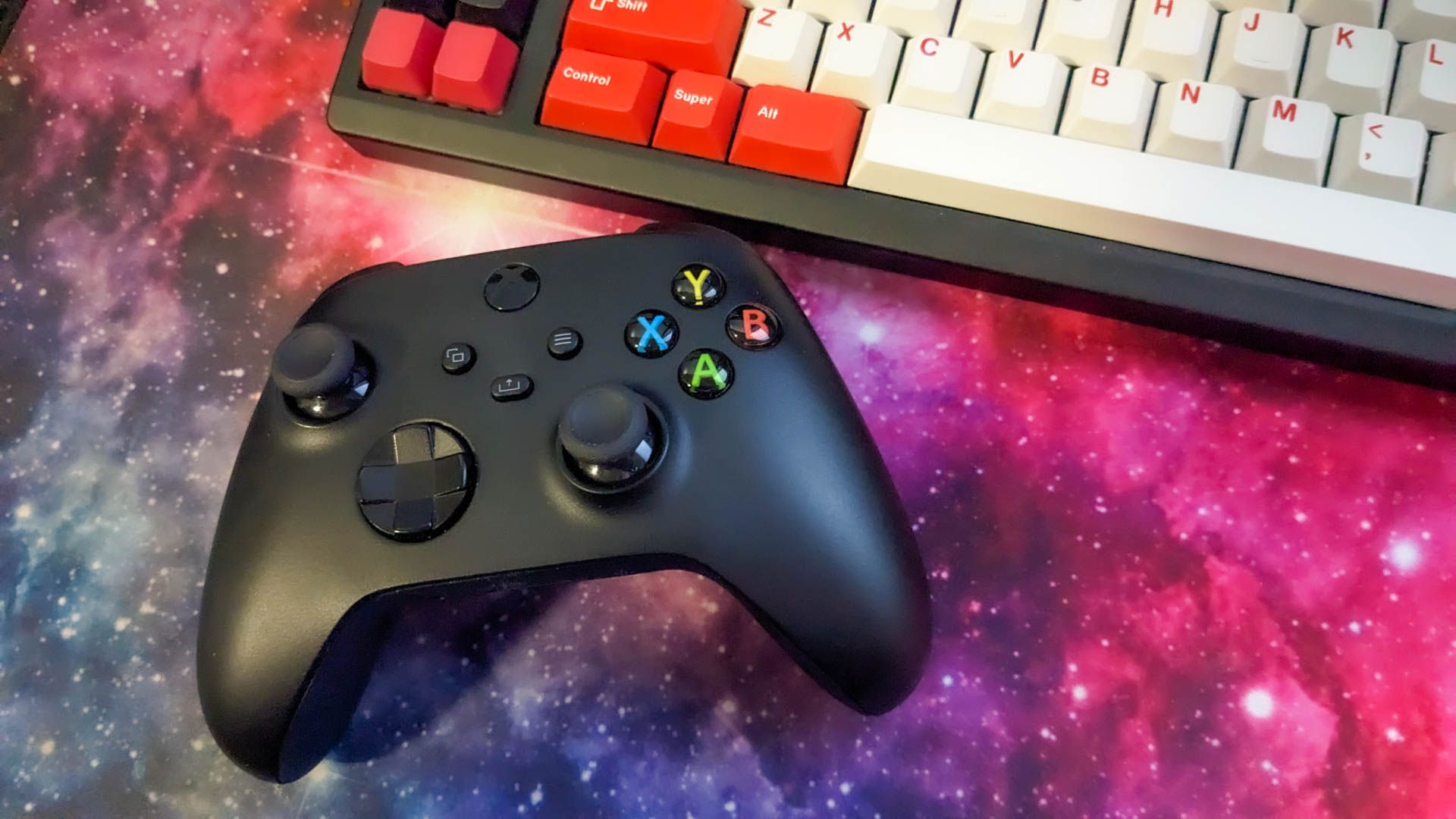Sometimes, a new game is just too heavy to run at 60fps with acceptable visual quality, which means that we have to fall back on 30fps as the lowest playable frame rate. That’s not ideal in any scenario, but there are ways to reduce the blow.
Use a Controller
This is for my PC folks, because obviously, if you’re a console gamer then you’re already using a controller. PC players, this is one of the reasons your console buddies keep saying things like “30fps feels fine to me.” While a mouse is a precision pointing device that allows you to snap to a target anywhere within a 360-degree sphere with the flick of a wrist, that right analog stick is lazier than a [insert witty gaming analogy] when it comes to aiming. That built-in mechanical lag helps mask the input latency of the 30fps experience.
Sit Farther Away From the Monitor/TV
The lower the frame rate, the larger the visible gaps in motion that you can see on screen. This is especially true with high-speed panning and other linear camera movements that cover a lot of ground quickly.
However, I have found that the further I sit from the TV or monitor (relative to its size of course) the less visible those motion gaps are. Similarly, 30fps feels much less egregious on a handheld device like the Steam Deck or Nintendo Switch.
Turn On or Turn Up Motion Blur
Motion blur in games is much maligned and even more misunderstood, but one of its best uses is to hide the motion gaps between frames at low frame rates. If the game you’re playing supports motion blur and it’s turned off, try dialing it up until the 30fps motion stutter is tolerable. It’s natural motion blur that makes 24fps films look good, and it can have the same effect on your games.
Use Latency-Busting Tech (on PC) or Game Mode (TV)
One of the main reasons 30fps feels so sluggish to play is because it has more latency than higher frame rate modes. That is, the time between you pressing a button and the graphics on-screen reacting. However, there are other sources of latency that can make 30fps feel even worse, and you can often do something about them. If you’re playing on a TV, make sure you’re using the low-latency game mode, if it has one. If you’re on a PC monitor, see if the game supports low-latency technologies such as NVIDIA Reflex. Some gaming monitors also have baked-in low-latency modes, which you can access using the buttons on the screen itself.
Use V-Sync
V-Sync ensures that the frames drawn by your console or PC are displayed in sync with the screen refresh rate, which should help a consistent and well-paced image in motion. If your monitor or TV supports variable refresh rates with low-frame compensation (LFC) then you don’t need to do this and 30fps (and slightly below) should display without pacing or artifacting issues, unless they are inherent to the game.
Want Eye Candy? Stay the Hell Away From the Performance (60) Mode!
This last tip is really just psychological, but hey, when it comes to the perception of frame rate and how it impacts your enjoyment of a game, it’s ultimately all psychological. Basically, if you know beforehand that a console or PC game will have too many compromises at 60fps (perhaps from reviews or other players), then maybe it’s a good idea not to try the 60fps mode at all.
I know that sounds weird, but hear me out. Playing at 30fps often feels at its worst when you’ve just experienced the game at 60fps. So save yourself the pain of that fps drop and don’t succumb to flipping that 60fps switch. If, however, you have a 120hz TV and the game supports a 40fps mode, you might just find this is the new gold standard in balanced visuals.





